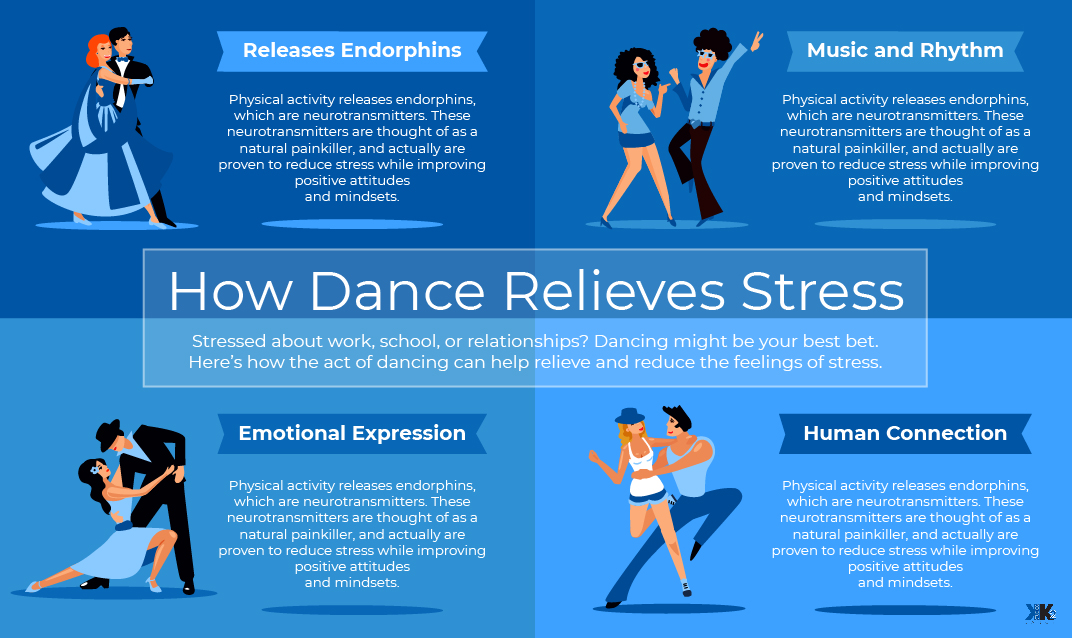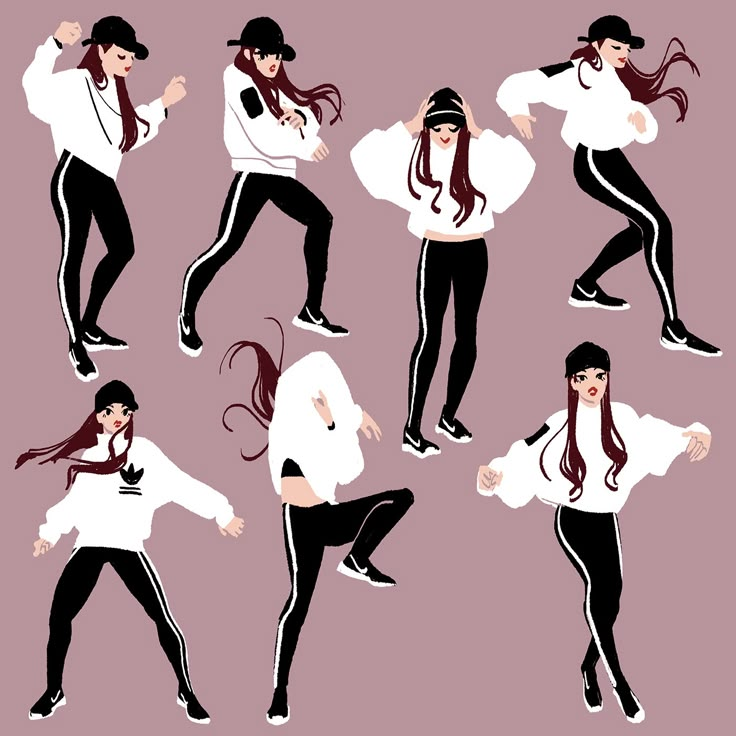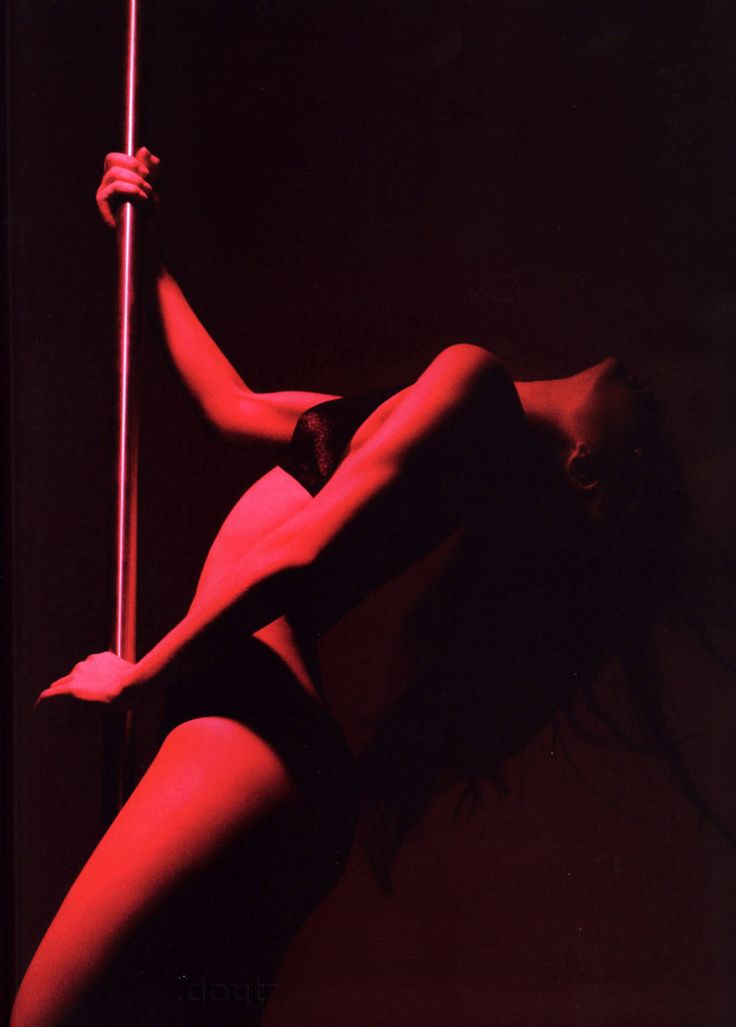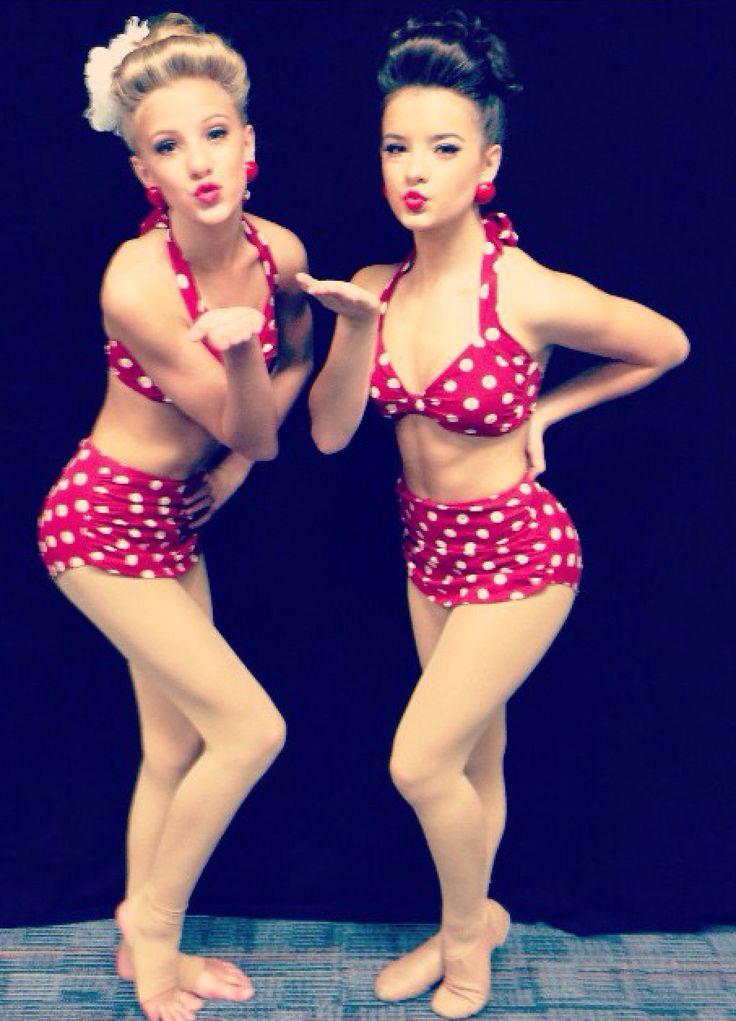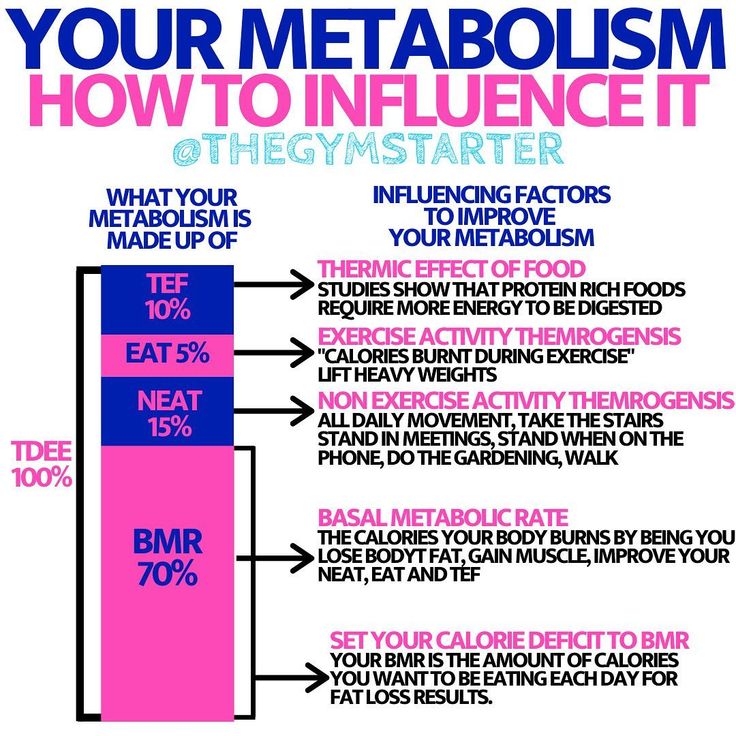How do honey bees dance
|
Bee Waggle Dance
Introduction
How to Play
Play Game
Menu
Waggle dance | Round dance | Flowers
Overview
Teamwork
Bees in a colony work with each other to gather food. They try to find the most pollen and nectar in the least amount of time possible.
Finding the best flowers
Some flowers have more pollen and nectar than others. When a good flower patch is found, bees recruit other bees from their colony to the patch. But how do they tell those bees where to find the best flowers?
Communication
Bees communicate flower location using special dances inside the hive. One bee dances, while other bees watch to learn the directions to a specific flower patch. The dancing bee smells like the flower patch, and also gives the watching bees a taste of the nectar she gathered.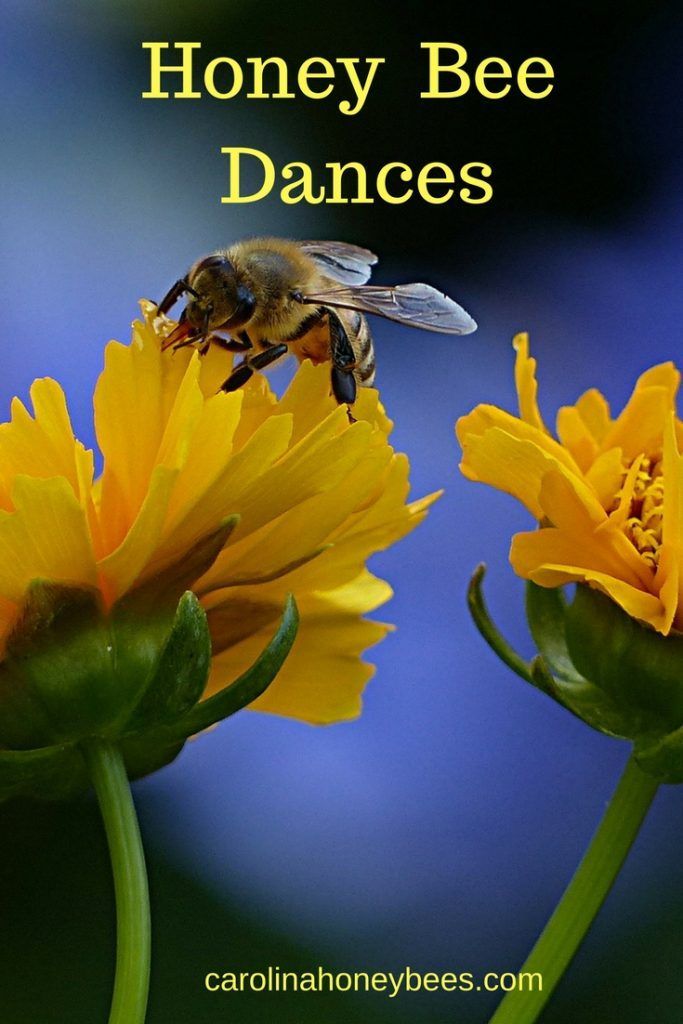 Smell and taste helps other bees find the correct flower patch.
Smell and taste helps other bees find the correct flower patch.
Bees use two different kinds of dances to communicate information: the waggle dance and the circle dance. Read more about the two different dances below.
Waggle dance
The waggle dance tells the watching bees two things about a flower patch’s location: the distance and the direction away from the hive. Let’s take a closer look at how this works.
Distance
The dancing bee waggles back and forth as she moves forward in a straight line, then circles around to repeat the dance. The length of the middle line, called the waggle run, shows roughly how far it is to the flower patch. Which dance below tells the watching bees that the flower patch is farther from the hive? If you guessed the dance on the left, you are correct!
Direction
Bees know which way is up and which way is down inside their hive, and they use this to show direction. How? Bees dance with the waggle run at a specific angle away from straight up. Outside the hive, bees look at the position of the sun, and fly at the same angle away from the sun.
How? Bees dance with the waggle run at a specific angle away from straight up. Outside the hive, bees look at the position of the sun, and fly at the same angle away from the sun.
If the sun were in a different position, the angle would stay the same, but the direction to the correct flower patch would be different.
Round dance
The round dance tells the watching bees only one thing about the flower patch’s location: that it is somewhere close to the hive. This dance does not include a waggle run, or any information about the direction of the flower patch.
In this dance, the bee walks in a circle, turns around, then walks the same circle in the opposite direction. She repeats this many times. Sometimes, the bee includes a little waggle as she’s turning around. The duration of this waggle is thought to indicate the quality of the flower patch she has found.
Finding the best flowers
Honey bee colonies collect two main resources from flowers: nectar and pollen. Their goal is to find the flowers with the most of these two resources.
Their goal is to find the flowers with the most of these two resources.
Individual bees do two things when searching for flowers to get the most resources. First, they specialize to collect one resource at a time: either nectar or pollen. Specializing and focusing on one resource at a time helps bees more easily recognize the best flowers.
Second, bees look for and remember which flower species is the most rewarding. This can change over time. A species of flower that had the most nectar one month might not be the species with the most nectar the next month, for example.
Once a bee finds a good flower, she collects resources and returns to the hive, and dances to tell other members of her colony where to find the flower so they can go and collect more resources from it. To motivate other bees to find the correct flower patch, the dancing bee shares a sample of nectar she collected with them. She does this by regurgitating a sample of the nectar that was stored in her honey stomach for them to taste. These watchers also smell the scent of the flower on the dancing bees’s hind end. These clues help the watching bees locate the correct flower patch outside the hive.
These watchers also smell the scent of the flower on the dancing bees’s hind end. These clues help the watching bees locate the correct flower patch outside the hive.
What do bees see?
Bees see the world quite differently from you or me. One difference is that bees have difficulty distinguishing red colors. However, what they can’t see in the red they make up for in the blues, greens, and purples. Bees can even see colors we cannot. Bees can see the ultra violet light we use sunblock to protect our skin from. Seeing ultra violet light helps bees see secret patterns flowers display to show where their nectar is hidden.
Introduction
How to Play
Play Game
Menu
Mesmerizing dance of honey bees | geomed
Reading time: 6 minutes 14 seconds.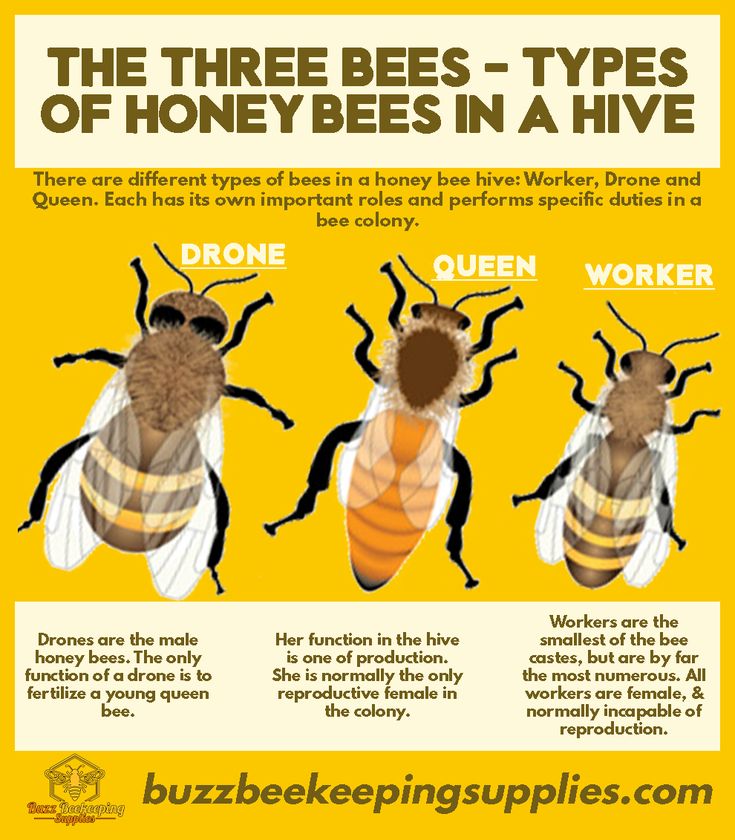 Post views: 1782
Post views: 1782
The dance of the honey bee - a mechanistic view of the behavior and communication of bees
The dance of the honey bee is the most interesting concept in biology, which is considered a communication system. This fascinating communication system is mainly used to share information about nesting sites and food sources among bees. This symbolic system, commonly known as the "Honey Bee's Swinging Dance," provides excellent information on the distance of the site from the hive, as well as the angle of flight to the flower site.
The species of honey bees are tropical and therefore their dance evolves in such a way that flowers are available in small patches and at short notice each year. In this unique situation where flowers are only available for a shorter period of time, it is helpful to quickly communicate the feeding area to nestmates.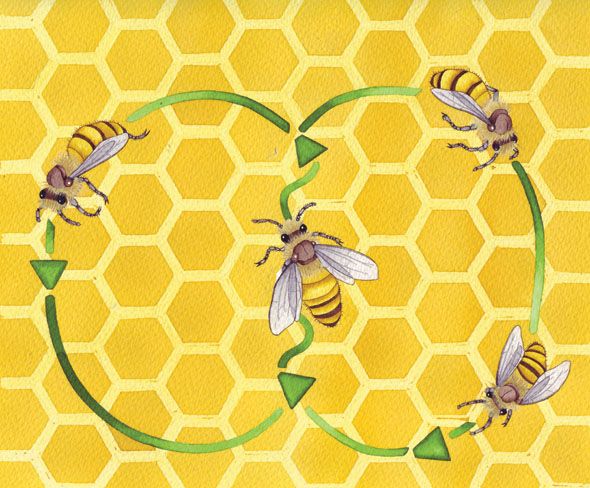 In various areas where honey bees are found in large numbers, including rural fields and urban settings, the benefit of playing the waggle dance is more subtle, as these uniform spaces can make such behavior meaningless.
In various areas where honey bees are found in large numbers, including rural fields and urban settings, the benefit of playing the waggle dance is more subtle, as these uniform spaces can make such behavior meaningless.
The matching dance of the honey bee (Apis) seems to be the most popular of all creature signaling. It has also been depicted as the only known type of "symbolic communication" in spineless creatures. The honey bee "talks" by doing the popular "waggle dance". She shakes her middle part, which, near the end of the comb she shakes, gives very accurate headings depending on the area of the sun, about where to find new flowers with nectar and pollen. The movements of the honey bee in the dance as a whole will be in the form of a figure eight, and the time frame in which it continues gives an idea of the distance.
This dance language of honey bees is the most remarkable form of communication and is divided into three types:
Dance: At the moment when the source of food is exclusively near the hive, usually at a distance of less than 50 meters, the forager plays a dance. Runs in a simple loop. She does this by moving in tight circles, abruptly changing direction to her original and unique course. She may repeat the dance several times in a similar location, or move to another location on the ridge to reenact it. After the dance is over, she regularly delivers food to nearby honey bees. Thus, the round dance informs about the distance, and not about the direction of the flower.
Runs in a simple loop. She does this by moving in tight circles, abruptly changing direction to her original and unique course. She may repeat the dance several times in a similar location, or move to another location on the ridge to reenact it. After the dance is over, she regularly delivers food to nearby honey bees. Thus, the round dance informs about the distance, and not about the direction of the flower.
Sickle dance: Food sources located 50-150 meters from the hive are commonly known as the sickle dance. It mainly refers to the temporary/intermediate dance between the circle dance and the waggle dance and is shaped like a half moon. This dance is performed in the shape of a figure eight without swaying in the middle and announces that the flowers are already around the corner and on the next street.
Waggle Dance: The honey bee walks in order, swaying its backside and buzzing its wings. At that moment, she turns and returns to where she started.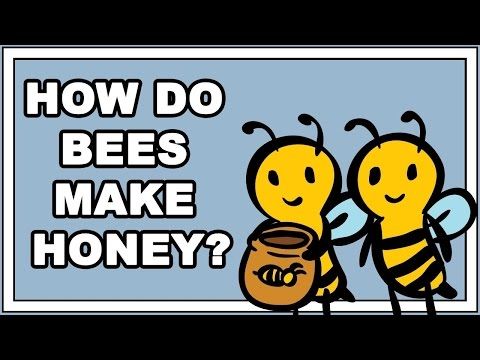 She walks in a straight line again, shaking her buttocks and buzzing her wings, at this moment she circles in the other direction, forming a figure eight on the dance floor. The straight line shows the direction of the meal, and the number of wiggles indicates the distance.
She walks in a straight line again, shaking her buttocks and buzzing her wings, at this moment she circles in the other direction, forming a figure eight on the dance floor. The straight line shows the direction of the meal, and the number of wiggles indicates the distance.
In the world of honey bees, the vertical surface of the comb (imagine sections of comb hanging inside the hive) speaks to the sun, and the point of a straight line to the vertical shows the position of trees or flowers to the sun. For example, if a straight line is at a 60 degree angle, at that point the food source is at a 60 degree angle to the sun.
As the sun moves continuously across the sky, the dancing bee tracks the evolution of the sun by changing the point of its dance, like a clockwork, one degree towards the west.
A healthy bee colony always functions like a buzzing, humming, oiled machine. At the height of summer, a useful and productive hive can have several thousand individuals. Somewhere in the range of 50,000 to 60,000 individuals is considered a mature, adult province. Everyone in the hive has a job to do, and everyone does it viably. Each bumblebee works vigorously to accumulate nectar, produce nectar, raise the young and guarantee the hardiness of the state for more than one week, month or year.
Somewhere in the range of 50,000 to 60,000 individuals is considered a mature, adult province. Everyone in the hive has a job to do, and everyone does it viably. Each bumblebee works vigorously to accumulate nectar, produce nectar, raise the young and guarantee the hardiness of the state for more than one week, month or year.
The interpersonal communication of the honey bees enables the settlement to carry out its tasks, defend itself against anticipated dangers, and thrive as the superorganism it appears to be. Bumblebees use many types of correspondence, and all of them are intriguing.
Some Fascinating Facts About the Honey Bee Dance -
1. Bees communicate in the dark:
Honey bees never rely on their sight or light to talk or communicate in the dark chambers of their hive. Instead, they move or communicate using pheromones, tasting and touching.
2. The main topic of conversation is honey:
Sharing food inside the hive is a constant and necessary part of communication. Hungry house honey bees will stop foragers or other house honey bees to ask for food and will get food if available. Food passes quickly through the hive. Thus, any contamination from pesticides, chemicals, or other unfamiliar substances clears its way through the hive within 48 hours.
Hungry house honey bees will stop foragers or other house honey bees to ask for food and will get food if available. Food passes quickly through the hive. Thus, any contamination from pesticides, chemicals, or other unfamiliar substances clears its way through the hive within 48 hours.
3. Pheromone rule:
The queen communicates with all hive individuals through her pheromones. The queen and her helpers are in constant communication (several dozen honey bees who look after her and monitor her needs) by sending the queen's pheromones through the hive with an expanding influence through the sense of touch. In the event that the queen dies or is forced out, the entire hive will also know in about 48 hours.
4. Remarkable olfactory ability:
Honey bees use scent recognition to find food sources. Honey bees have an excellent sense of smell - better than mosquitoes or even fruit flies. They prefer sweet fragrances, the best part of which encourages them to visit sweet smelling flowers in search of nectar.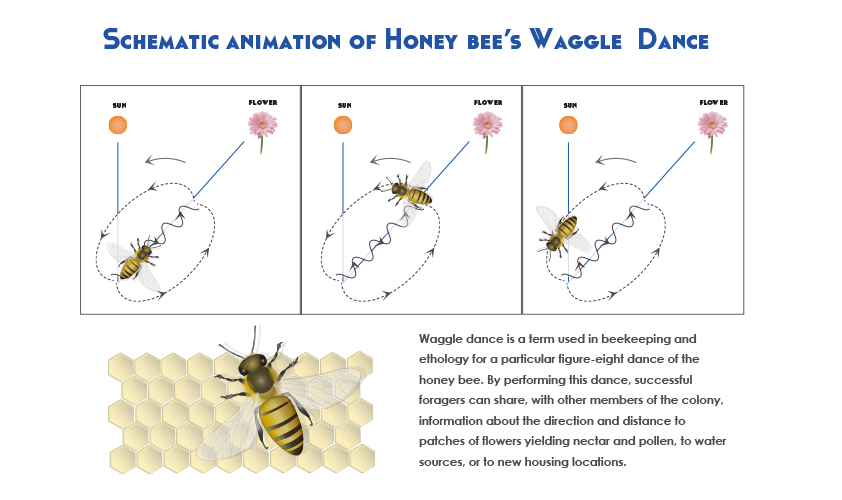 They also use this unusual sense of smell to obtain pheromones from their hive mates and the queen.
They also use this unusual sense of smell to obtain pheromones from their hive mates and the queen.
5. Dance moves speak well:
Foragers returning from the field speak to others through a series of signaling movements called waggles that share topographical areas of phenomenal forage material. In addition to the dance moves, the returning bees share nectar with new foragers, giving them additional information before they go scavenging.
6. Finding a new place to live is a group effort
The waggle dance is not only used to tell the location of nectar sources. At the moment when the bumblebees throw the crowd out of the mother hive, the crowd sends scout honey bees in search of another home. They return to their efforts with accurate information about possible new home conditions and use the waggle dance to communicate this data. The honey bees then "vote" for the best location given by the scouts and take off alone to call the place home.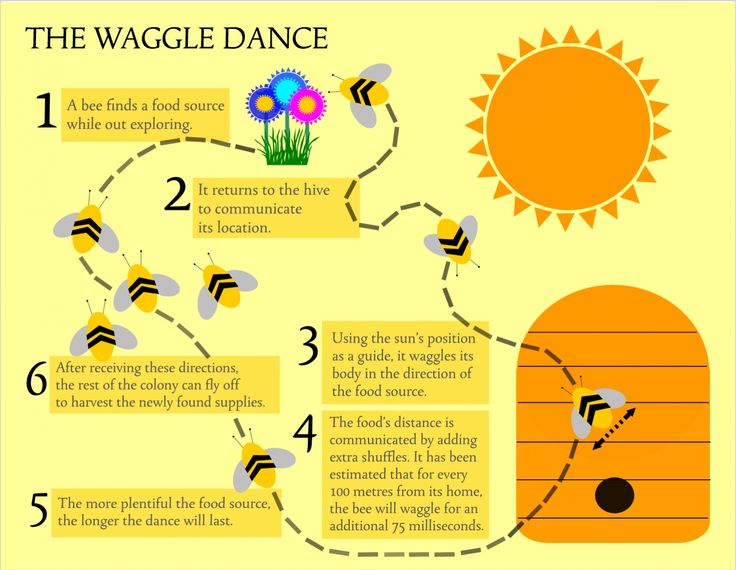
Analysts have been debating the fascinating ways honey bees communicate for years. In a nuclear family of vast numbers of people, honey bees understand how to share accurate data, make important decisions that affect the entire nation, and support each other for the good of all. We could get a lot from the individual honey bee and its social unit.
Please complete this field.
Track the way you want
Do you need the status of your shipment or proof of delivery? Please enter your tracking number or reference number below.
Identification number
Call now: +971562413670
Enter your phone number and we will call you back
Your name
Mobile phone number
Your email address
What a fuss, join the hive!
Rate your experience
- (77)
- (424)
- (4386)
- (Total 4887 ratings)
Visitor counter 6,922,740 Visitors
REGISTER for our newsletter
Be the first to know about our hot offers, new arrivals.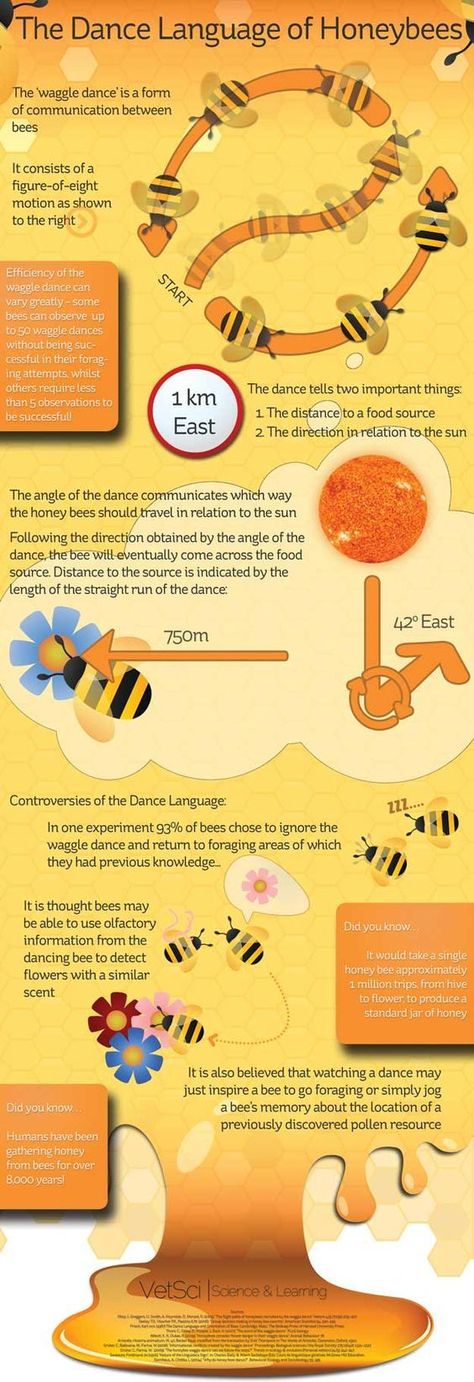
Bee dance (Video) - Siberian honey from the foothills of the Sayan Mountains
Honey bees show where flowers are with special dancing movements, but they can make mistakes due to gravity, studies have shown. Field bees perform a special dance, making oscillatory movements on the honeycombs of the hive, for other bees. These intricate movements are actually indications of the direction and distance from the hive to the flowers.
Scientists at the University of Sussex "intercepted" the information that bees communicated to each other in order to learn more about where bees feed in the UK.
Dr Margaret Couvillon spent 3 years deciphering the unique method of bee communication. Watching the hive with transparent walls, the scientists filmed the bees on video without disturbing them.
In bee families, field bees go in search of food sources and upon returning to the hive perform a special dance, which consists of swaying oscillatory movements on the combs. With the help of dance, the bees “tell” about where the food is.
Experimental technique
The angle of movement of the bees indicates the position of the flower relative to the Sun, and the duration of the movements tells the congeners how far the flower is from the hive. The bees can repeat the figure-eight movements depending on the quality of the food resource. For example, if the resource is very good, the bee can repeat the dance 70 to 100 times.
After reviewing the video footage, Dr. Couvillon found that bees that dance vertically on combs make only a few "mistakes" when they try to repeat identical movements during the dance. Bees that dance horizontally make more wrong moves.
Bees that dance horizontally make more wrong moves.
“They have trouble doing horizontal movements, and they don't always get the same angles when they dance,” said Couvillon.
Misinformation
She explained that because of such errors, a more global approach is needed to understand what the message is in the horizontal movements.
Although individual bees make mistakes when trying to convey information to their relatives, in general, their movements still indicate the right direction.
Dr. Couvillon thinks that this inconsistency may be due to gravity: when the bee makes vertical movements, they coincide with gravity, while horizontal movements are much more difficult because of this.
“If you were a climber, you climbed a rock and you were asked to get something to your right, for example, at 90 degrees, it would be more difficult for you to do it than if you had to get something right from above from you.
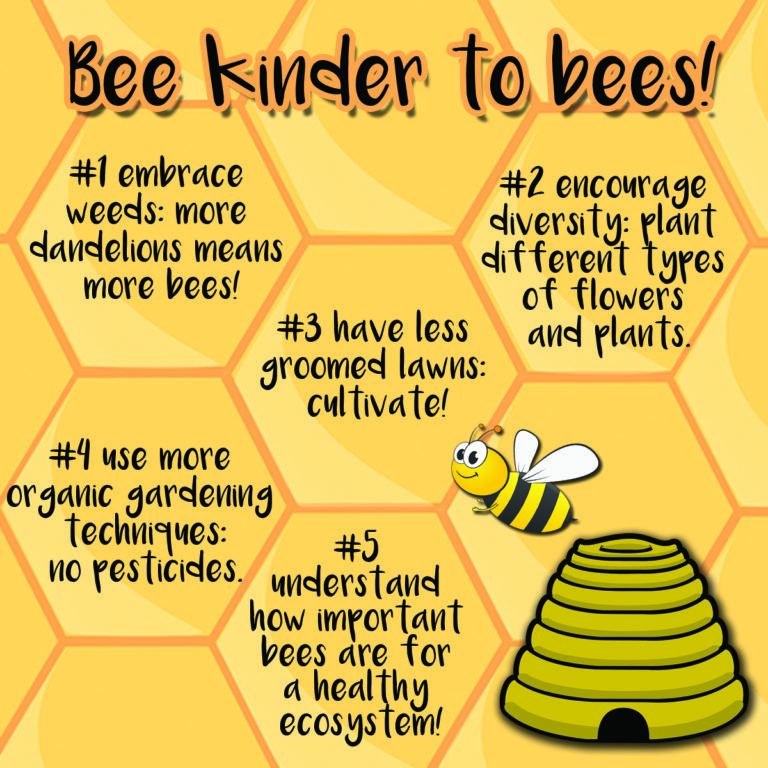
 In other words, if the source lies in the exact direction of the sun, the bee will walk facing exactly straight up (remember that a hive hangs vertically). If it lies 20 degrees to the right of that imaginary line to the sun, the angle of the bee's walk will be 20 degrees to the right of vertical. Finally, the dancer shares the odor of the flowers in question with the other bees, who sample it with their antennae.
In other words, if the source lies in the exact direction of the sun, the bee will walk facing exactly straight up (remember that a hive hangs vertically). If it lies 20 degrees to the right of that imaginary line to the sun, the angle of the bee's walk will be 20 degrees to the right of vertical. Finally, the dancer shares the odor of the flowers in question with the other bees, who sample it with their antennae. 
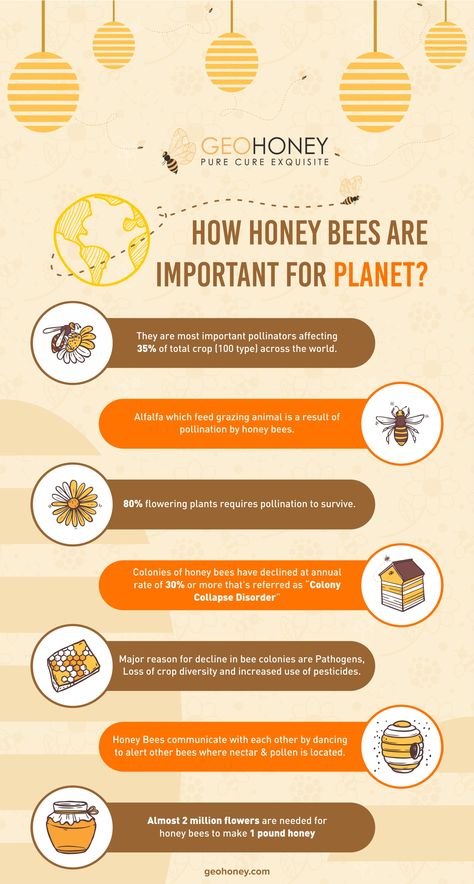 Lasting sometimes more than an hour, the tremble dance stimulates additional bees to begin processing nectar.
Lasting sometimes more than an hour, the tremble dance stimulates additional bees to begin processing nectar. 